Interesting coral spawn a single day of the year
Most hard corals will release gametes (eggs and sperm) on a single night of the year. To record the moment of coral laying eggs is a feat for scientists.
Expert Dang Do Hung Viet, a marine biology graduate student in Taiwan (China) shared with Tien Phong the spawn coral picture that he recorded in a sea of Taiwan.
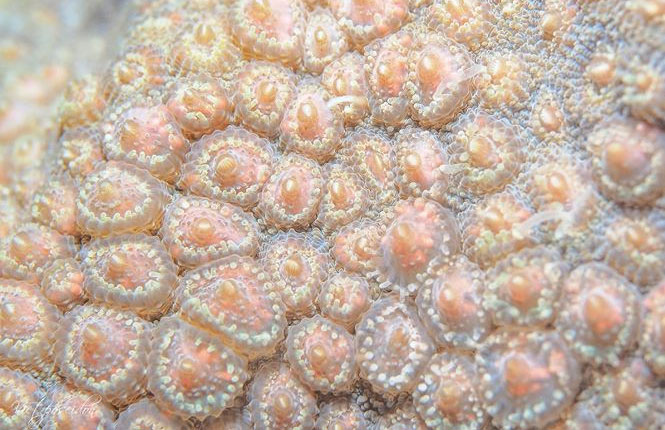
The annual synchronized reproduction of corals is one of the most spectacular events occurring on coral reefs.Before the big moment, the pink egg wrap was pushed to the surface of the polyps to prepare for release.
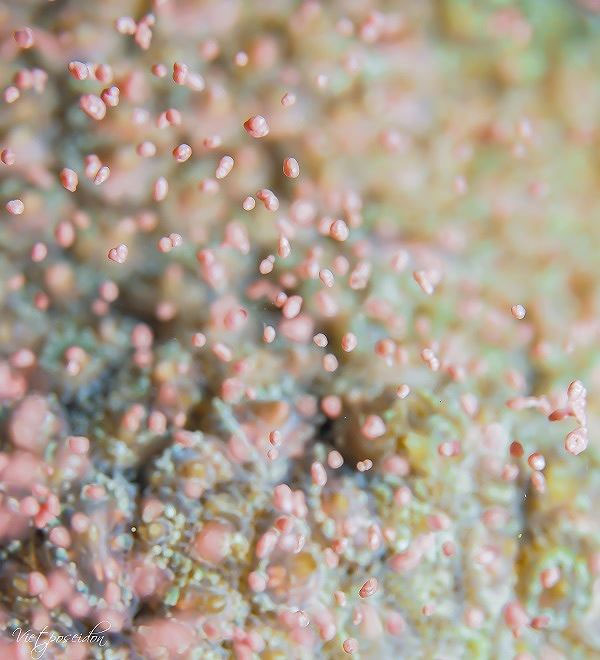
Coral is a very special animal, they can reproduce asexually or sexually.With asexual reproductive method like plants (sprouting), when coral polyps reach a certain size, they will divide themselves and create a new genetically identical polyp.Coral does this process throughout its life.Asexual reproduction helps increase coral reef area.Waiting for the trigger signal to be 'boom', the egg wraps are released outside floating in the water column.
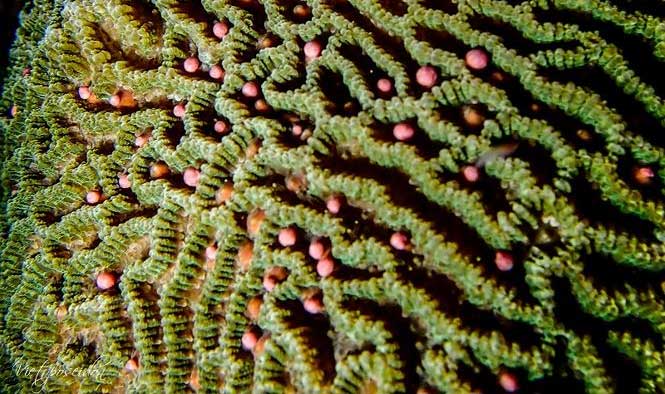
Close up of the surface of a brain coral, pretty pink eggs are ready to be released.
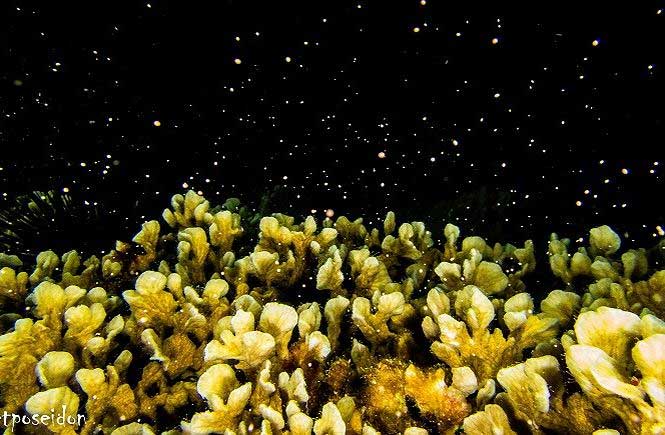
With sexual reproduction, most hard corals reach their maturity to release gametes (eggs and sperm) on a single night of the year, which can help the rate of fertilization. public is increased.
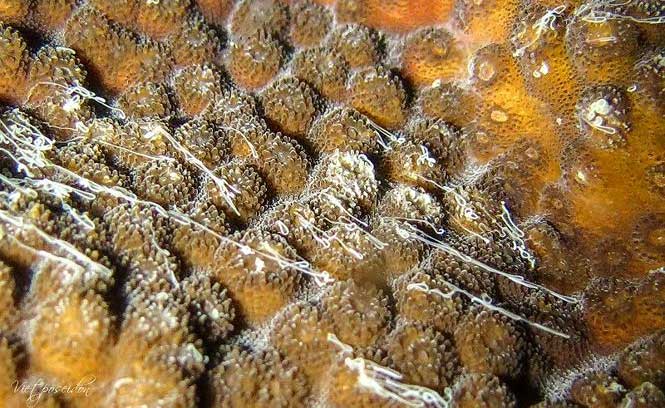
This is a coral that releases its own sperm.
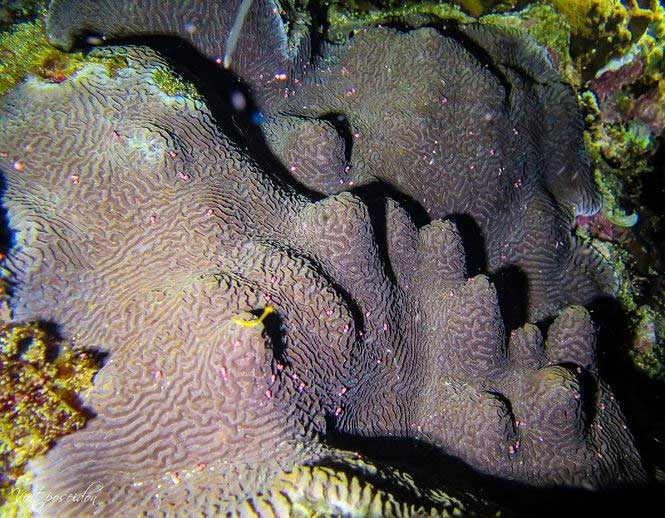
The spawning process takes place very quickly, only a few minutes so to record that moment is a feat.Scientists have to dive into the sea many nights to 'recover'.

Thousands of eggs float to the surface.

The time of spawning coral is different in each region, depending on many factors such as the moon cycle, temperature, seawater salinity, tide, chemical factors.

Most coral eggs are pink, but this species is yellow.Species sizes are quite diverse.

There are white eggs, small in size.

There are quite large egg size species.

There are also even extremely small species.

Coral floats in the rhythm of water like the ocean's music.After that all will float to the surface, the sperm will reach the egg and fertilize the larvae.

After fertilization will create free swimming larvae in the water, then they find the appropriate substrate to settle and develop into baby coral.Sexual reproduction increases genome diversity and forms new coral reefs.
- Living Coral - 'Orange coral ngoe nguoi' is the official color of 2019
- Discovering 5,000-year fossil graveyard in Ly Son
- Map the global coral
- Spawning coral: Great product of nature!
- Discover coral reefs that are as bright as a rainbow
- Coral sperm bank
- Display of 6,000-year rose-shaped fossil corals in Ly Son
- Explore the coral
- Successfully recreating endangered coral in the laboratory
- 50% of corals worldwide have disappeared
- Coral Barrier - Coral Barrier
- Is coral an animal or a plant?
 Surprised: Fish that live in the dark ocean still see colors
Surprised: Fish that live in the dark ocean still see colors Japan suddenly caught the creature that caused the earthquake in the legend
Japan suddenly caught the creature that caused the earthquake in the legend A series of gray whale carcasses washed ashore on California's coast
A series of gray whale carcasses washed ashore on California's coast Compare the size of shark species in the world
Compare the size of shark species in the world Venomous snake species in Vietnam stands out with its 'white mourning head'
Venomous snake species in Vietnam stands out with its 'white mourning head'  Alarming coral bleaching phenomenon detected in the Red Sea
Alarming coral bleaching phenomenon detected in the Red Sea  Nearly 50% of tropical coral species are at risk of extinction
Nearly 50% of tropical coral species are at risk of extinction  World's largest coral reef discovered near Solomon Islands
World's largest coral reef discovered near Solomon Islands  Why does the phenomenon of dead and bleached coral occur in Con Dao?
Why does the phenomenon of dead and bleached coral occur in Con Dao?  Things to know about coral reefs around the world
Things to know about coral reefs around the world 